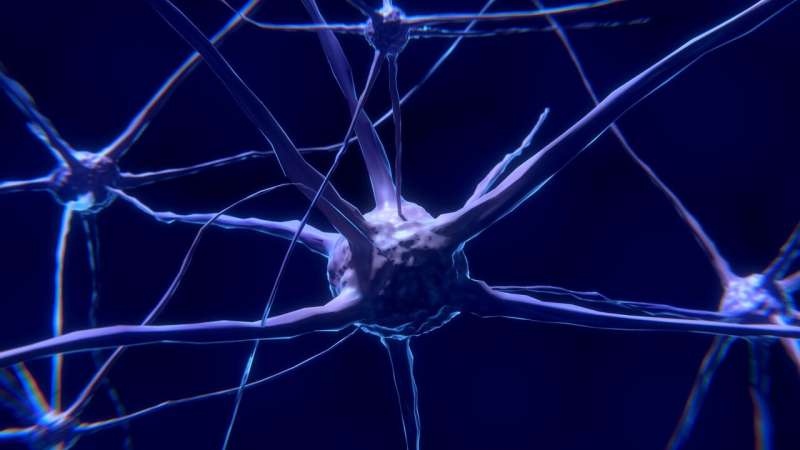Enhancing PI31 Protein Levels Offers Neuroprotection in Mouse Models

Research indicates that increasing PI31 protein levels can prevent neurodegeneration, restore neuron function, and extend lifespan in mouse models, opening new therapeutic avenues for neurodegenerative diseases.
Recent research has shed light on a promising approach to combat neurodegenerative diseases by increasing the levels of a protein called PI31. Neurodegenerative conditions like Alzheimer's and Parkinson's are characterized by impaired communication between neurons, often due to the accumulation of toxic protein aggregates. Traditionally, these protein clumps, such as beta-amyloid plaques and tau tangles, have been viewed as the root cause of neuron death. However, emerging evidence suggests that these aggregates might actually be symptoms rather than causes.
A pivotal discovery by scientists at Rockefeller University reveals that boosting PI31, a protein responsible for transporting proteasomes—the cell's protein disposal machinery—to synapses, can prevent the buildup of harmful proteins. In experiments involving fruit flies and mouse models with genetic mutations linked to Parkinson’s-like symptoms, increased PI31 levels significantly prevented neuronal degeneration and restored synaptic function. Remarkably, in some cases, the lifespan of these models was extended by almost four times.
This research supports the idea that failure in protein clearance at synapses plays a critical role in neurodegeneration. PI31 facilitates the loading of proteasomes onto cellular transport systems, ensuring their delivery to nerve endings where they clear damaged proteins. Mutations and reduced activity of the genes involved in this transport process have been associated with various neurodegenerative diseases, including Alzheimer's, ALS, and Parkinson's.
The findings open new avenues for therapeutic strategies. By enhancing PI31 levels, it may be possible to maintain healthy proteasome transport, prevent protein accumulation, and ultimately protect neurons. Early models suggest that such interventions could extend lifespan, preserve motor and cognitive functions, and serve as a basis for developing treatments for age-related cognitive decline.
Further studies are planned to evaluate whether increasing PI31 can also preserve cognitive abilities in aging animals, paving the way for potential human therapies. Additionally, rare genetic disorders caused by mutations affecting PI31 or related pathways might benefit from this targeted approach. Overall, these insights highlight the potential for therapies aimed at restoring cellular cleanup systems to revolutionize our fight against neurodegenerative diseases.
Source: https://medicalxpress.com/news/2025-09-protein-pi31-neuroprotective-effects-mice.html
Stay Updated with Mia's Feed
Get the latest health & wellness insights delivered straight to your inbox.
Related Articles
Innovative Immunotherapy Targets Common Cancer Mutation, Brings New Hope for Lung and Prostate Cancer Patients
A new immunotherapy developed by researchers targets a common gene mutation in aggressive cancers like lung and prostate, showing promising results in preclinical studies and opening pathways for broader cancer treatments.
Study Reveals Racial Disparities in Organ Allocation Decisions
A recent study highlights racial disparities in organ acceptance rates, revealing systemic inequities in transplantation decisions and emphasizing the need for more equitable practices.
CDC No Longer Recommends COVID-19 Vaccines for All, Leaves Vaccination Choices to Individuals
The CDC has stopped recommending COVID-19 vaccines for all populations, advising individuals to consult healthcare providers for vaccination decisions amid policy shifts and ongoing debates about vaccine safety.
Nurses Play Crucial Role in Enhancing Health System Resilience During Crises
A new study highlights the vital role of nurses in strengthening health system resilience during crises and calls for greater leadership opportunities and policy support to maximize their impact.



